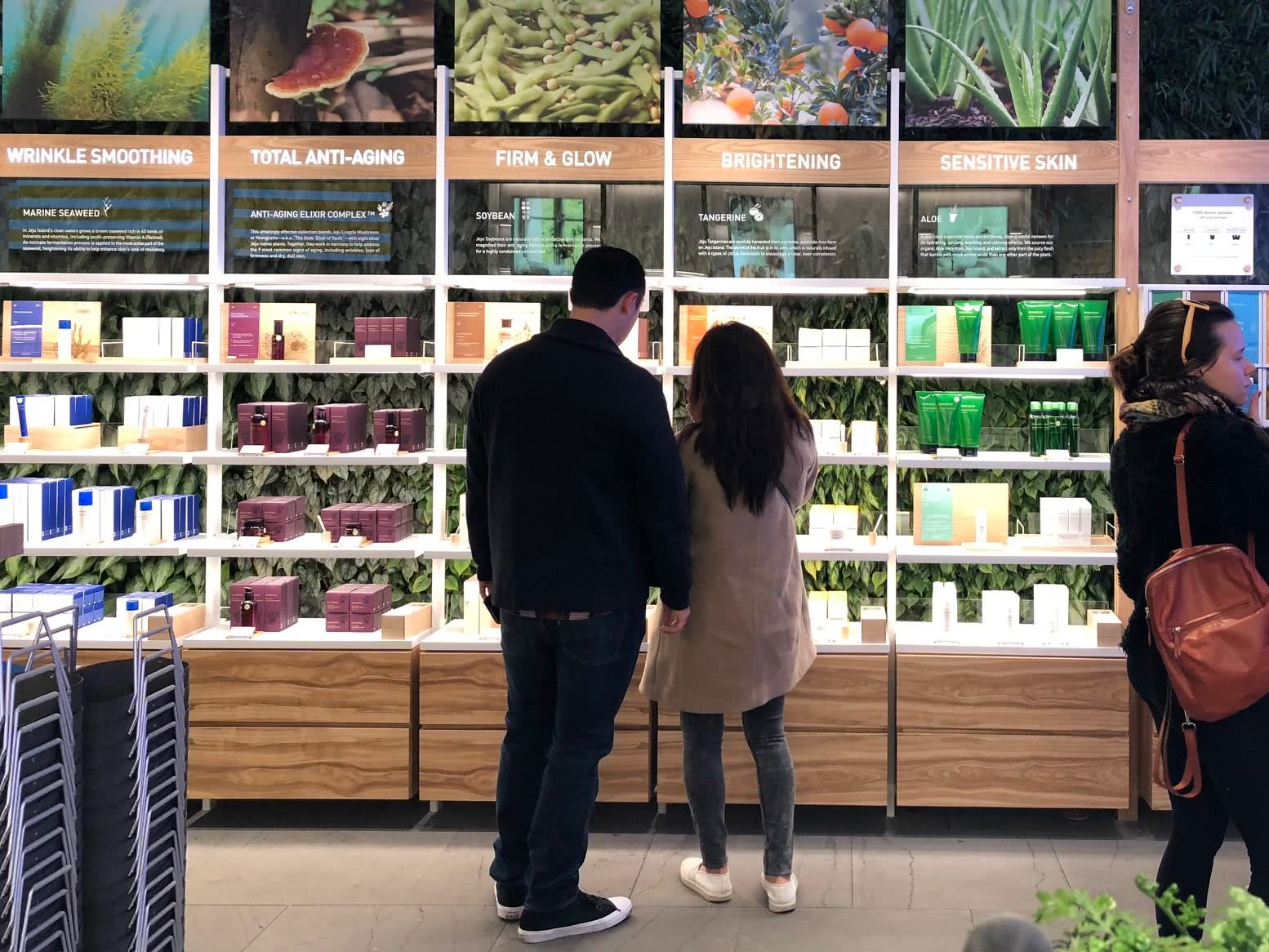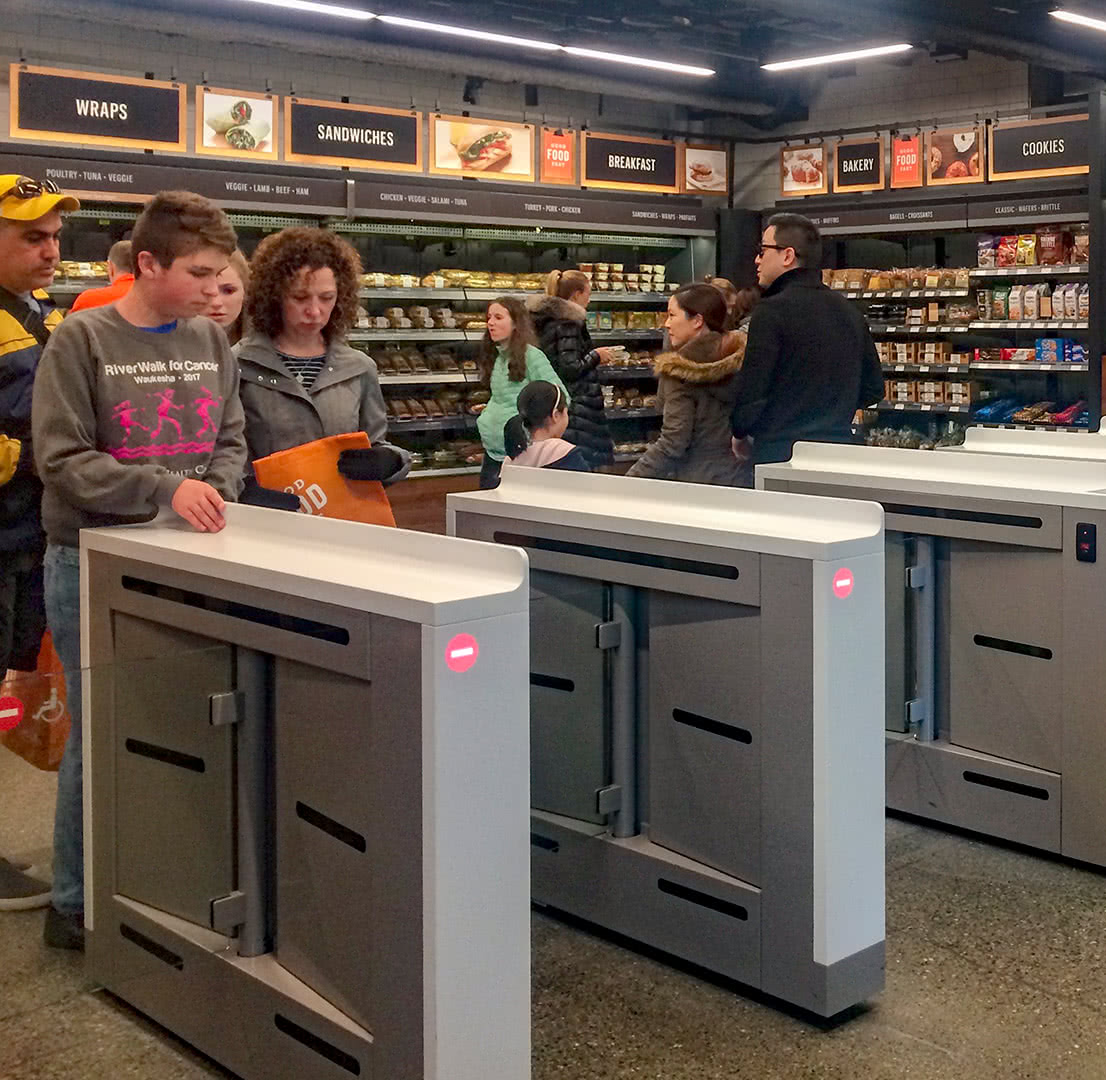
5 Trends Changing Retail
Following the WWD Retail 20/20 conference in New York, CallisonRTKL’s Joan Insel and Cindi Kato explain the trends on the ground and how they are going to change the shopping experience for years to come.
Every year, retailers, brands, technology companies and designers come together for the WWD Retail 20/20 conference. The event attracts the best and brightest from retail, and the resulting exchange of ideas points toward emerging trends. These are the five that will make a splash for at least the next few years.
- It’s not just about retail
Anyone who pays attention to the retail industry knows that it’s getting more complex and multi-layered, adding hotels, apartments, offices and activities to traditional store lineups. The same can be said for WWD 20/20. Traditional retailers were joined by technology startups, consumer research experts, and unexpected retailers like Nickelodeon. As one of only two design firms in attendance, CallisonRTKL gave a Virtual Reality demonstration rather than purely talking about design and materials. In some ways, the world of retail is contracting and in other ways, our universe is expanding. It’s a very exciting time to be part of this vibrant, resilient sector.
- The new luxury is for everyone
The luxury retail sector changed dramatically during the recession and Millennials in particular have never really come back to traditional luxury items like handbags and jewelry. The new luxury is about exclusivity, convenience and experience rather than a particular price point.
Innisfree is a good example from the cosmetics sector. The Korean beauty brand is backed by Amore Pacific. Their limited-edition products, organic approach and sense of fun made for lines around the block at their Manhattan store.

When Millennials think about luxury, they also want the products they buy to be sustainable. The RealReal is a luxury consignment store that promotes the fact that buying gently used is much better for the planet than buying new. Of course, the discounted prices on high-end brands doesn’t hurt either. This is a new breed of omnichannel retail, with in-store experiences to complement their online presence with all the logistical issues that come with running what is essentially a global luxury flea market.
What we think of as traditional luxury retail has changed too. Many of the highest-end brands used to have a security guard who would turn people away if they didn’t “look the part.” Gucci, for example, has changed significantly and become, dare we say, friendly. Customers can touch the products, sit down and enjoy the space. Sales associates engage without following customers around the store. It’s an entirely different luxury experience for a new generation of consumers.
- Ecosystems make it happen
The newest brands are more like collectives than single monoliths. Bandier, a women’s activewear company that encompasses more than 50 other brands, is on the cutting edge of collaborative branding efforts. They have a store in the Flatiron district with a café that is a bit of a brand chameleon; any company who wants to collaborate at the café can rebrand it with a new name. Studio-B, a fitness studio, is another of their expanded offerings. Although the classes are not free, they are not designed to make the company money, but to drive additional foot traffic. Shoppers could come to the store to take a class and then decide to buy a pair of leggings, for example. The idea of a product-only store is dead.
Assembled Brands was also at the conference as a new-concept holding company for retail startups, working with fledgling retailers to give them access to capital and R&D.
This kind of brand collaboration goes the other way as well, as individual brands find ways to integrate their products and experiences into larger spaces and department stores. Coty and Nickelodeon were two such brands at WWD 20/20 that aren’t just thinking about products on a shelf; they’re looking into experiences like augmented reality, pop-up shops and pop-in events.
One thing all these companies have in common, no matter how many brands they cover, is that they’re all looking into new sales channels and how to market them in the rapidly changing retail ecosystem.
- Tech is making us more human
The tech discussion for retail has really shifted from adding all the latest, greatest bells and whistles to using technology to enhance in-store human interactions. Some retailers will always use tech to increase the “wow factor” because it reflects their brand, however, to get more people in store technology is used to enhance the experience and support the sales associates, making it more human-centric.
Afterpay is a good example of tech that’s going to stick around. Essentially, it’s a new version of layaway, giving customers an option of paying in four installments over an eight-week period at 0% interest. Since Millennials are averse to credit cards, this gives them another payment option. So far, it’s available at all the Urban Outfitters, Inc. brands, but it’s already been wildly successful in Australia.
Artificial Intelligence is infiltrating retail, but not in the ways you may expect. Rather than using robots as a gimmick, AI is allowing brands to figure out what’s relevant to particular customers at a specific time and respond to their needs. That also means the idea of “sales people” is moving toward “experts,” as in-store associates have to be able to tell customers more than what they could find in a quick google search.
And we’re continuing to see online-only stores branch out into the brick-and-mortar world. Cuyana is one brand that started as a direct-to-consumer retailer but realized they were missing the human connection and needed an in-person presence to build a strong emotional connection with customers.
- Millennials and big data aren’t going anywhere
Everyone is a little sick of hearing about Millennials and how they’ve “killed” this industry or that product, especially Millennials themselves. Nevertheless, as the largest consumer group in the United States, they will continue to be the basis for a lot of research and development efforts. As big data and real-time analytics get more and more sophisticated, that research will get more and more targeted.

The Amazon Go store in Seattle is probably the most famous example of this. The kind of technology that allows customers to pick up a product and be charged as they walk out without going through a cashier line is still cost-prohibitive for most retailers, but Amazon is really using it as an R&D lab, showing how valuable research can be to a company that thrives on knowing what’s next.
Other stores are taking a more traditional approach to wooing Millennials with new store experiences. The PGA Tour Superstore is differentiating their brand. They have the Millennial, X-er and Boomer dads all on board, but they need to get the moms and kids in on the experience too.
Beauty brand Cos Bar has had a cult following since opening in 1976 and they are looking closely at their research and data as they expand. The company’s CEO pointed out that only 10-20% of beauty purchases are made online and about 80% of those are replenishment purchases, meaning that the in-store experience is powerful and paramount in the world of beauty, for Millennials and everyone else.
Overall, the focus for retail hasn’t changed, but the details have shifted. The best brands will always hone in on authenticity, people and experience, but the methods are changing every year.
Photo credit: Gucci Wooster
